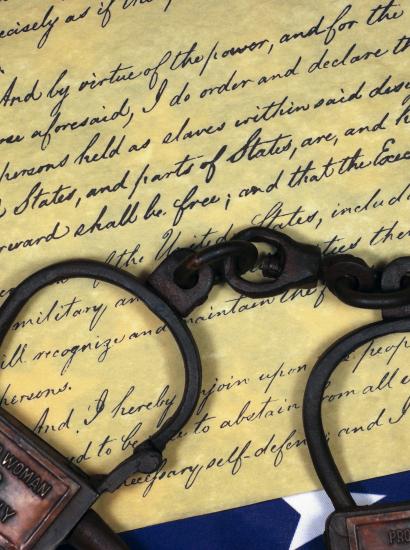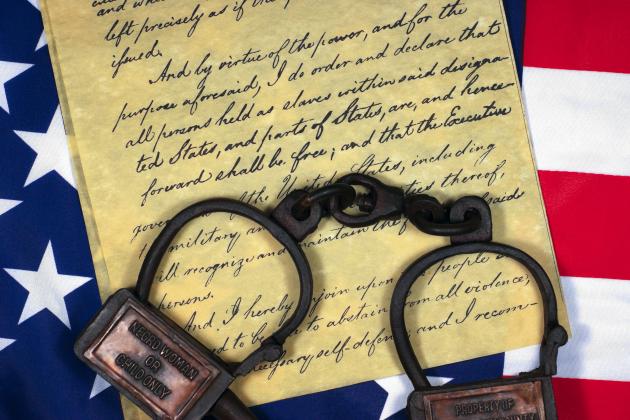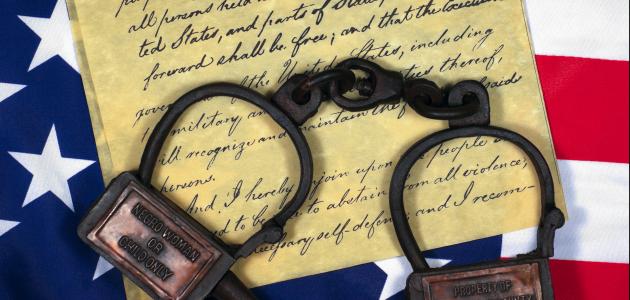This paper studies the long-run effects of slavery and Jim Crow on Black Americans’ economic outcomes. We trace each Black family’s linked census and administrative records between 1850 and 2000 to measure how long they were enslaved and where they lived during Jim Crow. We show that Black families who were enslaved until the Civil War have considerably lower education, income, and wealth today than Black families who were free before the Civil War. The disparities between the two groups have persisted because most families enslaved until the Civil War lived in states with strict Jim Crow regimes after slavery. In a regression discontinuity design based on ancestors’ enslavement location, we show that states’ Jim Crow regimes sharply reduced Black families’ economic progress in the long run, largely by limiting their access to education. Using quasi-experimental variation, we show that gaining school access closed 80 percent of the gap in human capital caused by exposure to strict Jim Crow regimes.
Read the paper: Jim Crow and Black Economic Progress After Slavery

















